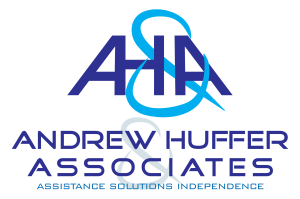Stakeholder Engagement
Effective stakeholder engagement requires a planned approach that identifies the key stakeholders, their needs and the benefits to them from participating in the process.
As a member of the International Association of Public Participation (IAP2) I’m serious about meaningful community engagement processes. Open and transparent processes are paramount. I have been involved in the coordination of a range of consultation-based projects over several years, including a number of state-level strategies, plans and policies such as the:
- Regional Drought Resilience Planning (Pilbara Development Commission)
- Skills Summits (Department of Training and Workforce Development)
- Soil Health Strategy (Department of Primary Industries and Regional Development)
- Climate Adaptation Strategy (Department of Water and Environmental Regulation)
- Intellectual Property Policy Review (Department of Jobs, Tourism, Science and Innovation)
- WA Plan for Plastics (Department of Water and Environmental Regulation)
- Forestry Industry Development Plan (Forest Products Commission)
Local government and business have been supported in their engagement processes, such as:
- Elected Members workshops to review options for the development of the South Hedland Integrated Sports Hub (Town of Port Hedland)
- Community Reference Group workshops to inform the development of the Margaret River Precinct Plan (Shire of Augusta-Margaret River)
- Community forums to provide input into the development of an integrated management plan for local waterways (City of Busselton)
- Stakeholder workshop to provide input into the East Kimberley Strategic Community Plan (Shire of Wyndham-East Kimberley)
- Stakeholder Reference Group to review Alcoa Australia’s Long Term Residue Management Strategy at their Pinjarra, Kwinana and Wagerup refineries (Alcoa)
Innovation in stakeholder engagement
Recent innovations in consultation reporting by the team include:
- The use of web based software such as Group Map, Google Docs, Mentimeter and Climer Cards at selected times during workshops to enable participants to provide their input and see real time results (no more butchers paper!)
- The opportunity for stakeholders to participate remotely online through platforms such as Zoom
- A concise workshop summary in infographic format
These innovations will deliver greater involvement and a sense of cutting edge, which will address the possibility of ‘consultation fatigue’ and ‘butchers paper syndrome’ amongst key stakeholders.
Getting the basics right
Check out this short video on how to design a simple community engagement process
Planning your engagement process
You may need an independent person to help with the development of stakeholder engagement plan. This should include:
- The purpose and outcomes of the engagement process
- The scope of the plan – the issues around which engagement will occur
- Stakeholder identification and mapping
- Identification of the level of engagement – using the International Association of Public Participation (IAP2) Spectrum of Public Participation
- Engagement and consultation strategy
- Scoping – identifying decision points, stakeholders and the negotiable issues
- Planning – defining success for stakeholders and identifying risks
- Implementation – outlining the engagement and communication activities
- Evaluation – describing the monitoring and evaluation of the process.
Implementing your engagement process
Or you may be ready to actively engage your target audience. This may include:
- Key stakeholder workshops or information sessions
- Utilising your website or Youtube channel
- Development of video updates for the project
- A set of FAQ to provide responses to
- Development of a project information pack
- A tailored information package for media
Our experience in working with government and community stakeholders throughout Australia means we’re able to deliver a tailored product and process that provides ongoing value for you, your project and your stakeholders long after the engagement process has been completed.
